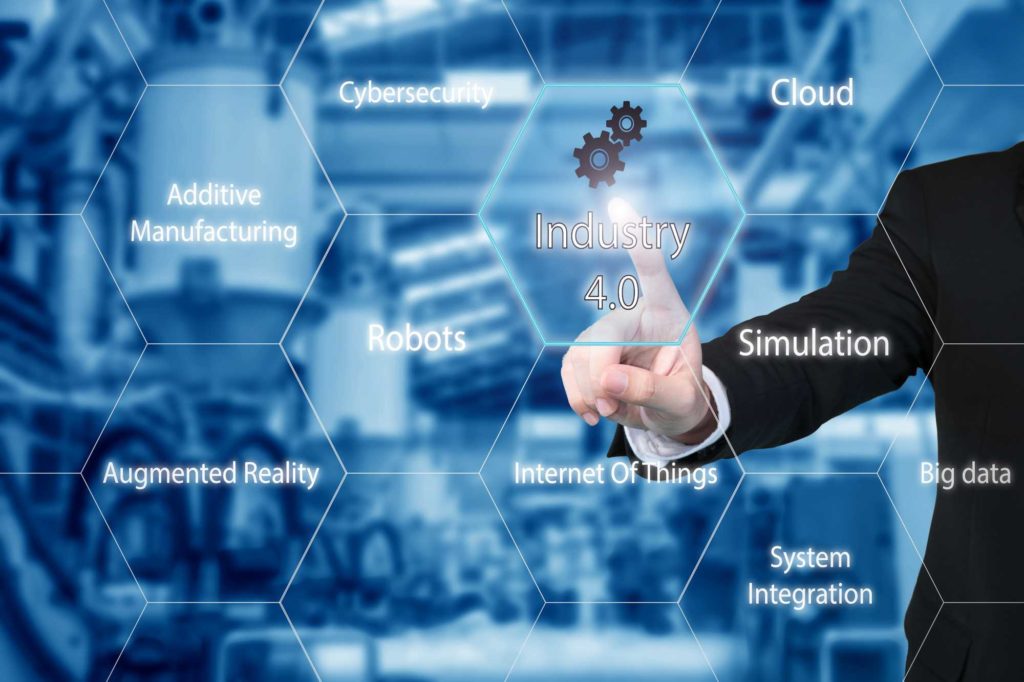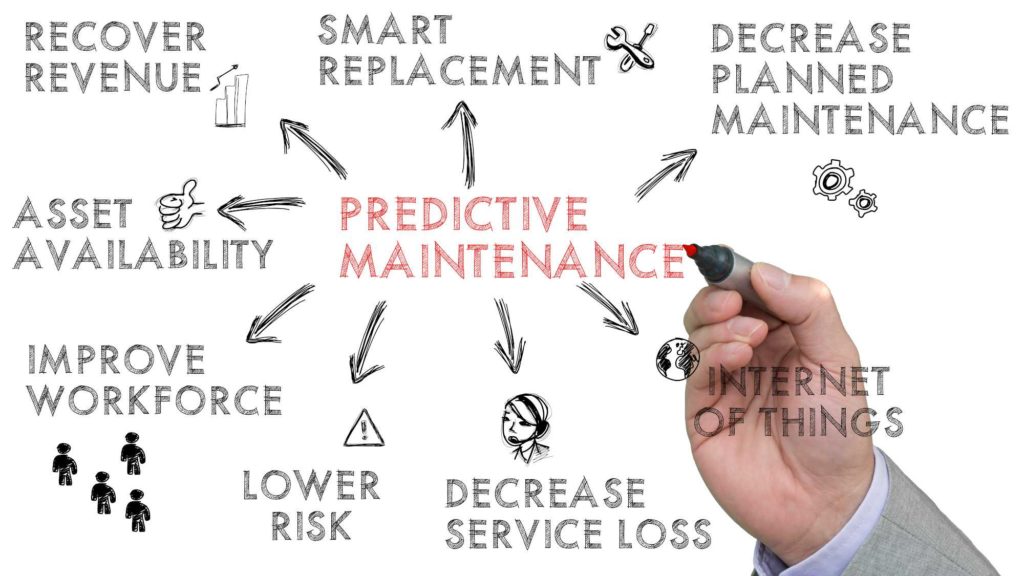Machine Learning for Predictive Maintenance
Industry 4.0 has continued to attract repeated media and analyst attention. However, multiple facility owners still struggle with enabling its implementation. The ROI from better revenue streams and increased uptime are quite interesting, yet the process to define the strategies to obtain the various benefits of Industrial IoT (IIOT) is challenging.
Is Predictive Maintenance an important issue in your company that is currently attracting a lot of attention? Machine Learning is becoming an essential lever along with the role played by it in enabling Industry 4.0.
We can help you with the implementation of your next Machine Learning application. Contact us now for a free consultation.

Decreased IT Infrastructure expenses have enabled Industry 4.0’s growth. For instance, 1 TB of data in 1964, for storage purposes, would have cost around $3.5B. Now, it costs a mere $25 to do that. Data production abilities have soared. The current trends are quite similar in connectivity, cloud computing, and various other infrastructure components, which are enabling the ‘Smart Factory’.
Another factor facilitating the rise of Industry 4.0 happens to be the falling costs of obtaining sensor data. Called IIoT’s ‘nervous system’, sensors are vital for their operations. IIoT software needs access on a real-time basis to sensor data from factory assets for providing intelligent recommendations, which relate to supply chains, production, and asset maintenance.
Machine Learning Applications in Asset Maintenance
Currently, the default Predictive Maintenance systems utilize SCADA data for monitoring asset performance. There are manual thresholds set, based on programmed rules. When data from sensors breaches these thresholds, alerts are triggered, which signal potential machine malfunctions. Monitoring of various factory sensors is done this way, depending on bandwidth limitations.

In ML, algorithms are trained to enable the detection of correlated and abnormal data patterns from sensors. After conducting behavioral analysis, these algorithms identify machine faults or degradation before they happen. ML doesn’t need simplistic threshold settings or rules since it’s only analyzing behavioral patterns. A ton of data may be sent for analysis on a real-time basis, eliminating the requirement for active human involvement.
Up until some years ago, AI research was mostly limited to academic levels. However, the last few years have seen significant investments being made in ML R&D.
Currently, many Deep Learning and Machine Learning algorithms exist, which could be useful in enabling Smart Factory. A comprehensive analysis of vast mounds of data is now relatively economical to perform. The important thing is to select accurate Machine Learning algorithms, fine-tuned for the specific task in hand.
What benefits do factory owners stand to gain from this? The efficiency with which Deep Learning and Machine learning applications are implemented significantly impacts the overall performance of the asset management.
Conclusion and Summary
Many factors needed for implementing Machine Learning applications are already available: Advanced ML algorithms with applications to sensor data and cloud-based, low-cost computational capabilities. In the medium and short term, facility managers will have to define ML strategies and find ways for overcoming internal obstacles to take full advantage of these technologies.
With sensor-generated information being increasingly used by industrial plants for predicting the failure of machine assets, it is creating additional momentum in Machine Learning applications for Predictive Maintenance.
It is a foregone conclusion that Machine Learning for Predictive Maintenance is on its way here. The question is are you ready to adopt and stay ahead of the curve with technology receptibility?
We are here to help. Contact us today for a free consultation and start innovating with Machine Learning applications in your company.
